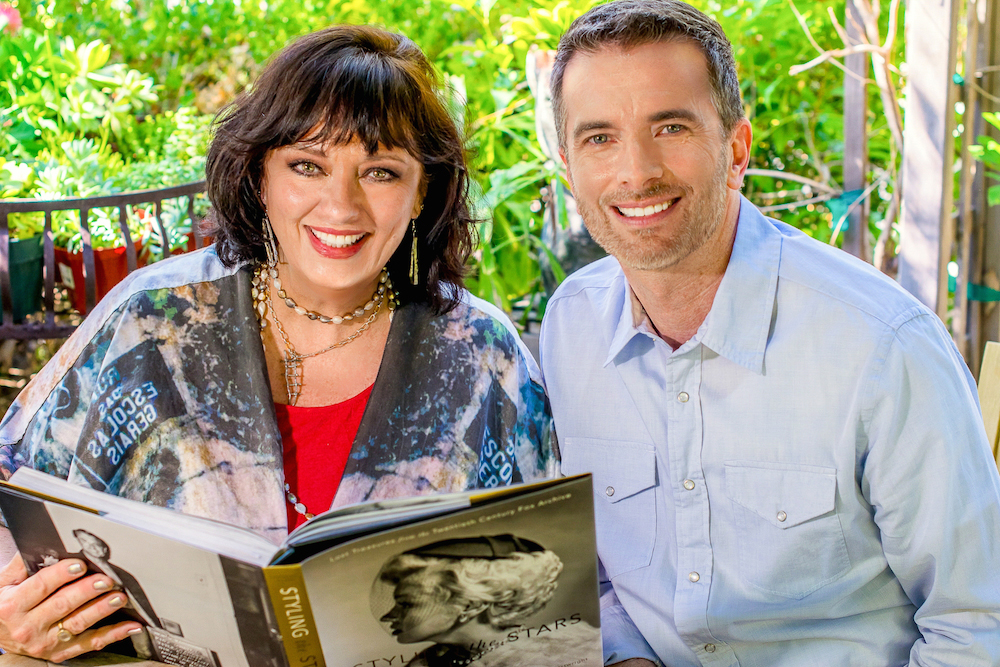At the time, it had little or no meaning other than a work function, a minor detail; now, it’s a classic, breathtaking work of art that movie fans cannot devour fast enough.
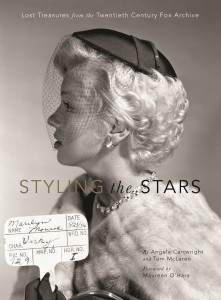
Styling the Stars: Lost Treasures from the Twentieth Century Archive chronicles the little-known tradition of movie studio photography meant to ensure continuity and consistency throughout the filming process.
These astounding photos were never intended for the public to see, but co-author Angela Cartwright (yep, that Angela Cartwright, from The Sound of Music, Lost in Space, and Make Room for Daddy), has wormed her way into the deepest catacombs of 20th Century-Fox to bring these images back to life.
Angela has personal experience with this long-forgotten task.
“I can remember that they always had these photographers on the set,” she recalls of her days filming The Sound of Music. “And with every costume change, they would grab you. It wasn’t a publicity shot. It wasn’t meant to be used for anything, except as reference.”
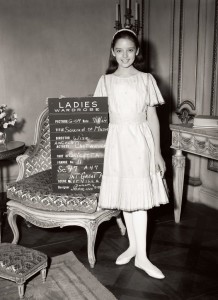
Picture it: Hollywood back in the day, between takes: Paul Newman making silly faces. Cary Grant suits up for a swim. Shirley Temple combing those famous golden locks. Dustin Hoffman stares at himself in the mirror. Susan Blakely bringing back stunning Hollywood glamour in a glamourless era. Ann Margret pouts. Robert Wagner radiates without even trying.
Angela explains further: “If a scene was going to take more than one day or if they had to reshoot or match something, they would have to make sure that the costume looks exactly the same; that the buttons are the same, that your sleeves are pushed up, what your hair looks like. It would be used as a reference. When you have as many children as you did in The Sound of Music, you need to make it as organized as possible. It was done on every production, and I remembered that. “
Co-author Tom McLaren, and Angela’s partner in crime down in the vaults, adds that the process was more daunting than originally imagined. He says, “Angela and I were the first people who were granted unlimited access to the archive, so we were the first strangers to come in. There are 8 million unique images there. It’s just so vast. We just went in and went for our favorites. The archive was not digitized. We had to look at each photo, negative by negative. It was all very manual. We didn’t know what we were going to find in any given box.
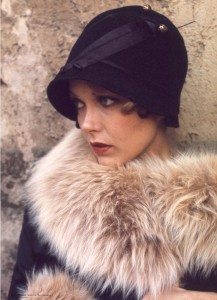
“This is the tip of the iceberg for what the archive really holds,” Tom adds. “When you have the movie-collector mentality, you know there’s more.”
The result: gorgeous stars between takes, and yet still at their very best. Marvel at the epitome of natural beauty in the days before digital photography, filters, and plastic surgery overkill.
Angela says, “One thing is painfully clear, and that is that there is no photoshopping on these photos. That shows you the charisma these people had. Nothing is hidden or softened. Look at Doris Day. Her smile just lights up the room. That was before they did all sorts of stuff to people’s teeth. There’s no retouching in this book at all, and I like that. It shows the power of the actor and the actress in those days. Even Katharine Hepburn. There is such strength in her pictures. I love how raw the book is, how organic it is. It’s a big book, so you can really look at these pictures.”
Angela’s favorites? She says, “I have to say that Cary Grant was the most gorgeous person ever on the planet. I didn’t realize that as much as I did looking at these photos.”
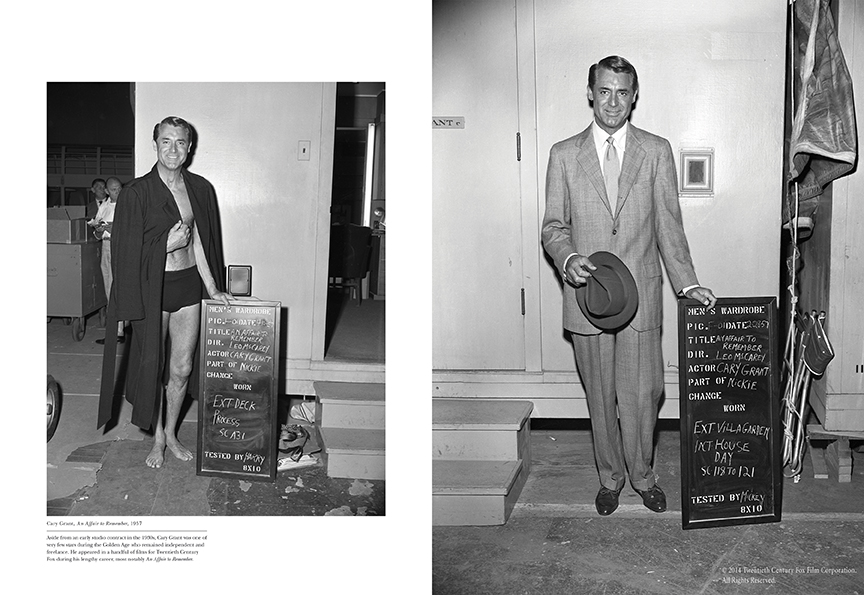
And on the stars evolving into the legends we now know: “Take Ann Margret. She looks so shy and so inhibited when her first photos were taken [State Fair]. All of the sudden, two years later, she’s got all this confidence and she’s striking this pose and she looks so sexy and beautiful. It just goes to show the transition that she went through.”
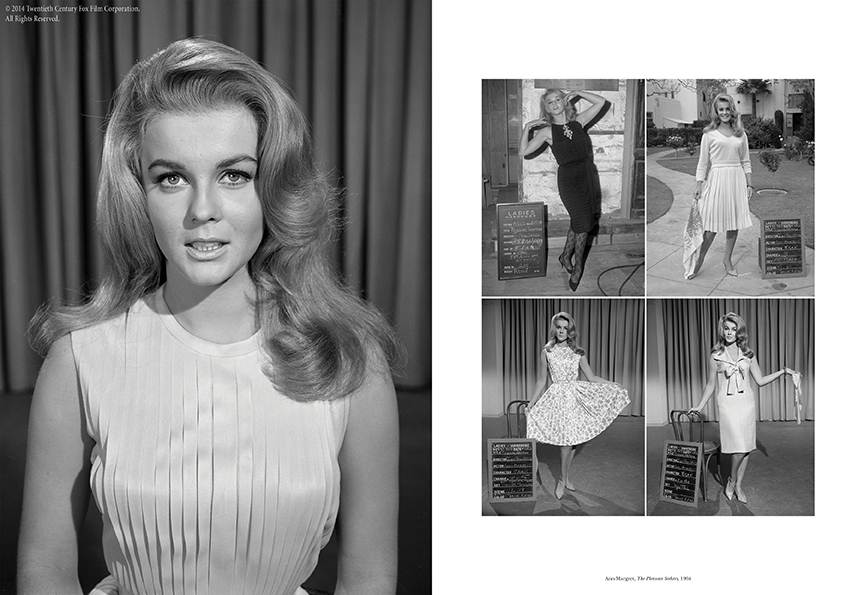
As to why this magic cannot be duplicated today, Tom says, “Back in the day, there was a higher standard for how you looked and how you presented yourself. That’s certainly true of the photos you see in this book. They cared about what they wore. You would be hard pressed to see a photograph of Bette Davis where she’s wearing something like Juicy Couture sweatpants. Movie stars looked better than the average person.”
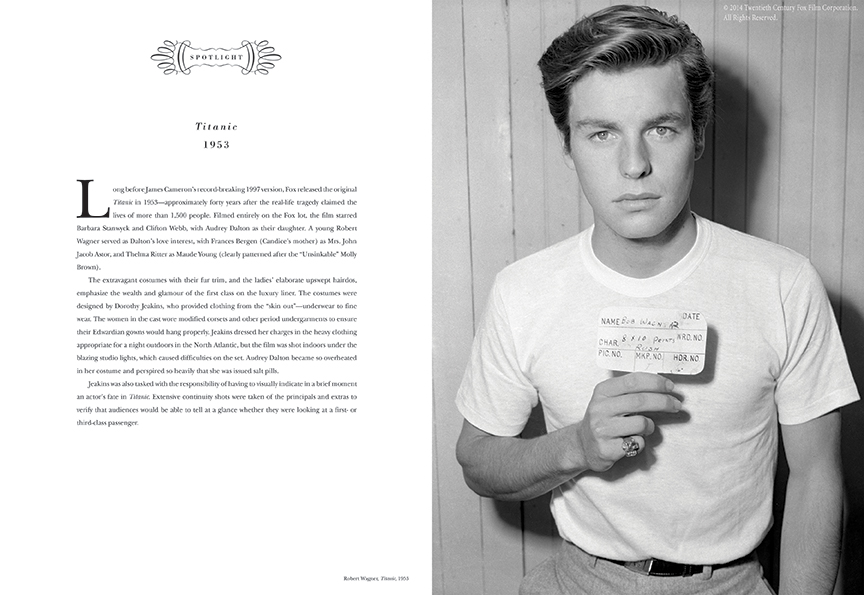
The quiet power of this book, and the art of these photographs, Angela says, is owed to the hundreds of studio staff members who worked to make it all look so seamless. She says, “Those things, when done correctly, you never notice. And that is taking pride in your work.”
